Het arrangement Animals and pets Ashram college is gemaakt met Wikiwijs van Kennisnet. Wikiwijs is hét onderwijsplatform waar je leermiddelen zoekt, maakt en deelt.
- Auteur
- Laatst gewijzigd
- 09-10-2018 10:55:03
- Licentie
-
Dit lesmateriaal is gepubliceerd onder de Creative Commons Naamsvermelding 4.0 Internationale licentie. Dit houdt in dat je onder de voorwaarde van naamsvermelding vrij bent om:
- het werk te delen - te kopiëren, te verspreiden en door te geven via elk medium of bestandsformaat
- het werk te bewerken - te remixen, te veranderen en afgeleide werken te maken
- voor alle doeleinden, inclusief commerciële doeleinden.
Meer informatie over de CC Naamsvermelding 4.0 Internationale licentie.
StudioVO
Deze module is ontwikkeld door medewerkers van StudioVO.
Fair Use
In de Stercollecties van StudioVO wordt gebruik gemaakt van beeld- en filmmateriaal dat beschikbaar is op internet. Bij het gebruik zijn we uitgegaan van fair use. Meer informatie: Fair use
Mocht u vragen/opmerkingen hebben, neem dan contact op via de helpdesk VO-content.
Aanvullende informatie over dit lesmateriaal
Van dit lesmateriaal is de volgende aanvullende informatie beschikbaar:
- Toelichting
- In het thema Animals and Pets maken leerlingen door te luisteren (listening), te lezen (reading), te spreken (speaking) en te schrijven (writing) kennis met verschillende soorten dieren. In het onderdeel Grammar is er aandacht voor het stellen van vragen, ontkenningen en de persoonlijk voornaamwoorden.
- Eindgebruiker
- leerling/student
- Moeilijkheidsgraad
- gemiddeld
- Studiebelasting
- 4 uur 0 minuten
Gebruikte Wikiwijs Arrangementen
Leermateriaal, StudioVO. (z.d.).
Thema Animals and pets hv123
https://maken.wikiwijs.nl/52501/Thema_Animals_and_pets__hv123

 Zo werkt het
Zo werkt het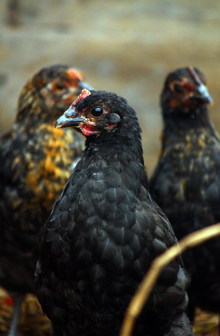
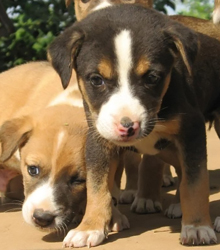

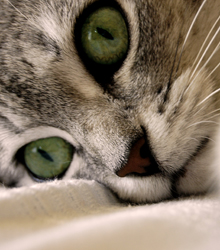
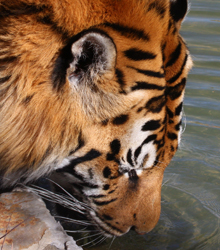
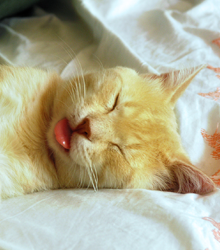


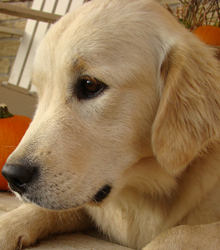
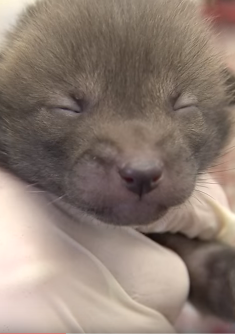
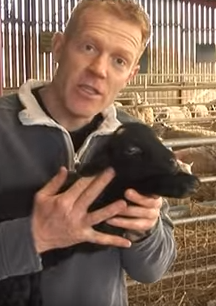
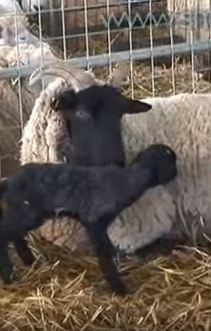
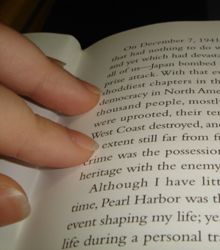
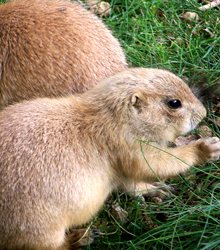
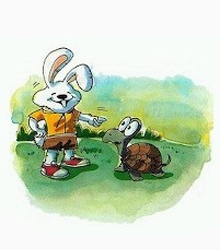
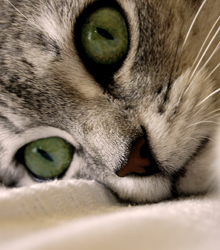 Fun pet facts
Fun pet facts
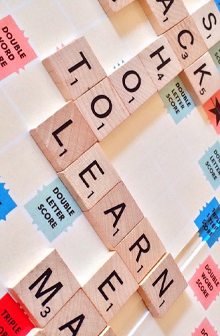 Words
Words Woordenlijst Animals A
Woordenlijst Animals A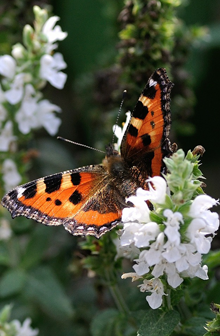


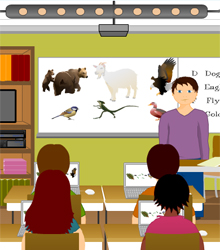

 Now find another group to give feedback on your conversation.
Now find another group to give feedback on your conversation. Introduction
Introduction
 Introduction
Introduction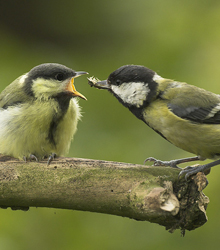 Funny meanings
Funny meanings
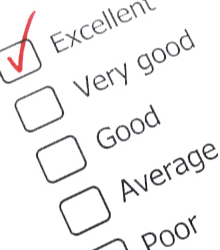 Language Task
Language Task


